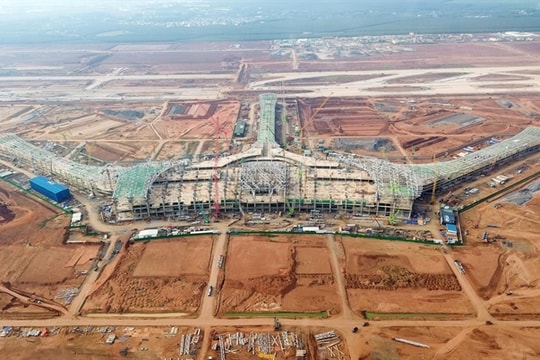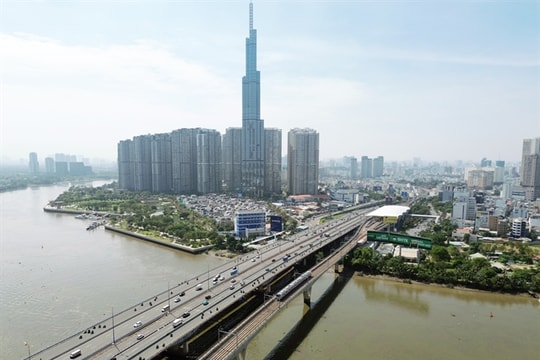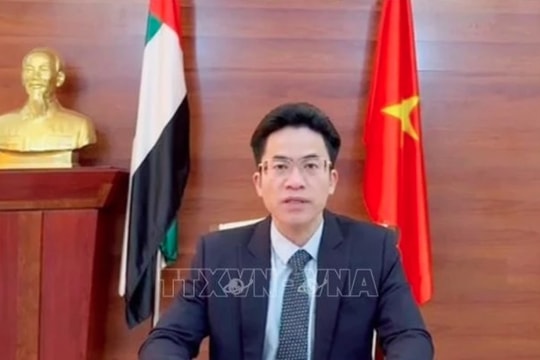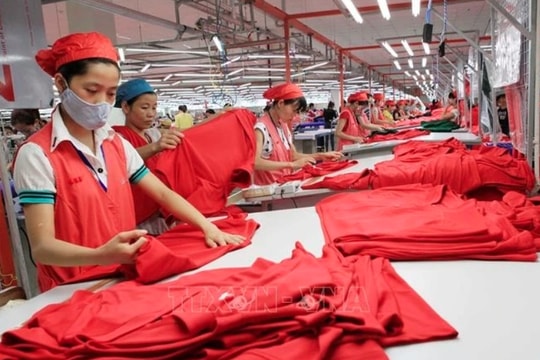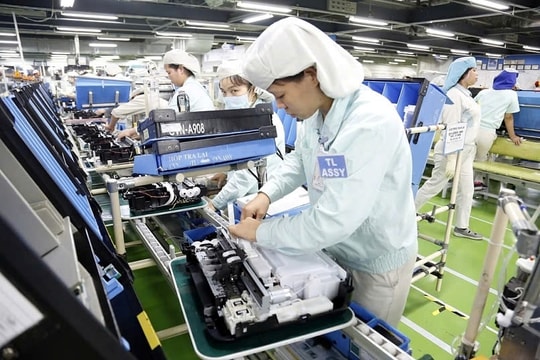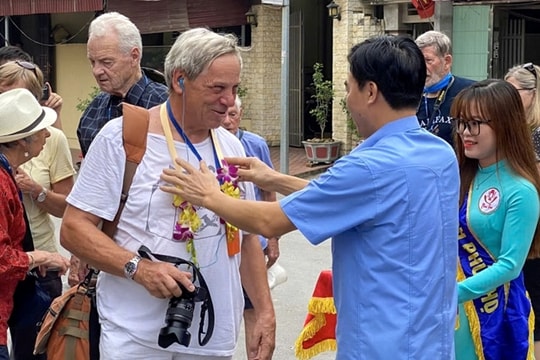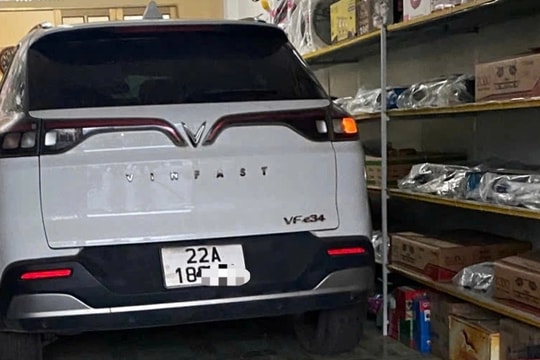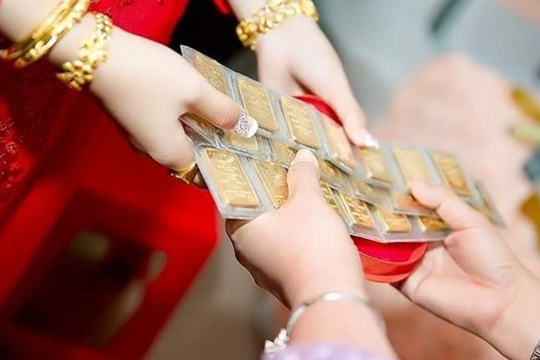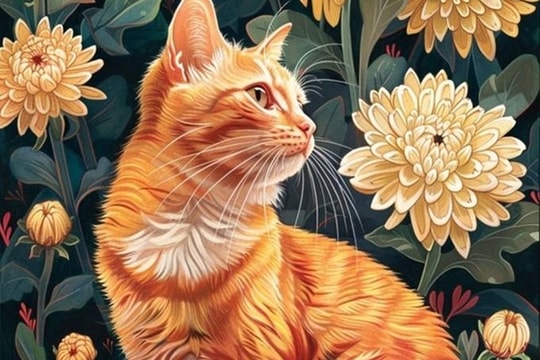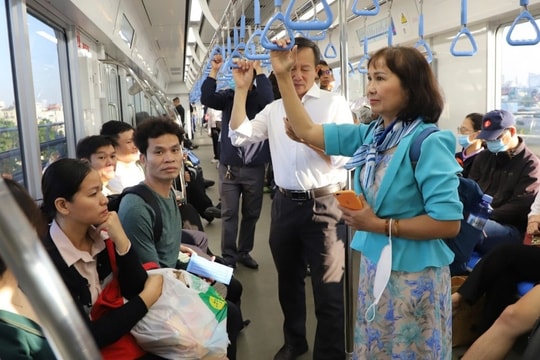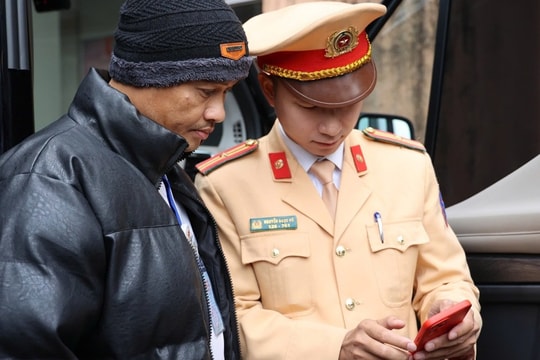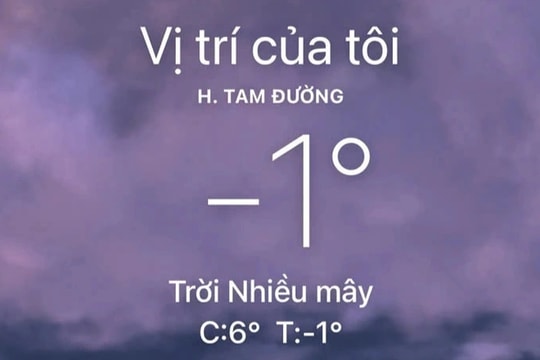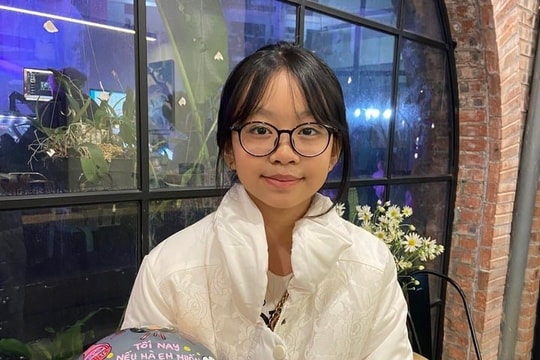Le Thanh Tung, deputy director of the Department of Crop Production under the Ministry of Agriculture and Rural Development, said the Mekong Delta region typically produces about 24 million tonnes of straw each year.
Of the figure, only 30% of the straw is collected, while 70% of it is burned or buried in the fields, an issue that causes environmental pollution and increases greenhouse gas emissions.
Tung emphasised that circular agriculture has contributed to increasing income whilst reducing greenhouse gas emissions, adding that utilising by-products will serve to enhance the value chain of the rice industry.
He underlined the need to build a database and develop straw management models towards circular agriculture, with the ultimate aim being to collect 100% of straw from fields by 2030 and contribute to implementing the nation’s commitments at the UN Climate Change Conference (COP26).
Improving efficiency of circular economy through one million-hectare project
Insiders pointed out that with the volume of straw across the country reaching over 40 million tonnes per year, the reuse of the volume is expected to bring about great benefits to farmers and businesses whilst also contributing to reducing greenhouse gas emissions.
The project to develop one million hectares of high-quality, low-emission rice associated with green growth in the Mekong Delta region is anticipated to help to improve the overall efficiency of circular economy in rice production, while simultaneously promoting the development of circular economy in the entire rice value chain in the region.
Associate Professor Dr. Nguyen Van Hung, a senior expert from the International Rice Research Institute (IRRI), stressed that there remains ample room ahead for the Vietnamese rice industry to improve its value chain in association with reducing greenhouse gas emissions.
However, Dr. Hung underscored the importance of devising policies which seek to support the development of circular agriculture for farmers and cooperatives in terms of technology and markets.
The IRRI has been always ready to share and provide databases, design systems and develop circular agricultural value chains, while also working to introduce science and technology in production, build technical processes, as well as compiling circular agricultural handbooks for the rice industry, he noted.
Encouraging businesses to participate in circular economic chain
In fact, the rice production and processing sector has captured greater attention from domestic and foreign enterprises that are interested in an investment climate with transparency and simplified administrative procedures.
Phan Van Tam, deputy general director of Binh Dien Fertilizer Joint Stock Company, stressed that in order to exploit by-product sources at low costs and enhance competitiveness, it is necessary to draw up a zoning plan and pay special attention to traffic infrastructure for the purpose of transporting raw materials from production areas to processing plants.
Tam went on to reveal that in the project, the company has also co-operated alongside IRRI, scientists, and other companies in the Mekong Delta region to connect straw production cooperatives.
He noted that as a means of connecting cooperatives to collect raw materials, the cooperative's infrastructure to the factory locations must be convenient, while transportation costs must be at the lowest rate to compete with imported products.
Circular economy lays foundation for sustainable development in rice industry
Pham Thi Minh Hieu, head of the Can Tho Department of Cultivation and Plant Protection, said the circular economy model is an inevitable trend in terms of current agricultural production, adding that the effective use of straw in rice production will contribute to reducing greenhouse gas emissions.
“The goal of the Can Tho agricultural sector is to apply circular agriculture with various technical solutions, thus helping farmers reduce production costs, increase profits and protect the environment,” Hieu said.
Can Tho wishes to replicate the circular economy model from straw in production areas around the southern city and the Mekong Delta region, that requires direction from the Ministry of Agriculture and Rural Development and support from international organisations, she noted.
According to experts, climate change has become increasingly severe, causing natural resources to be depleted. The shift of the Vietnamese rice industry to the circular economy model is an urgent requirement in the current context, which will help to optimise resource use, minimise waste, reduce greenhouse gas emissions, and create added value for the rice industry as a whole.




